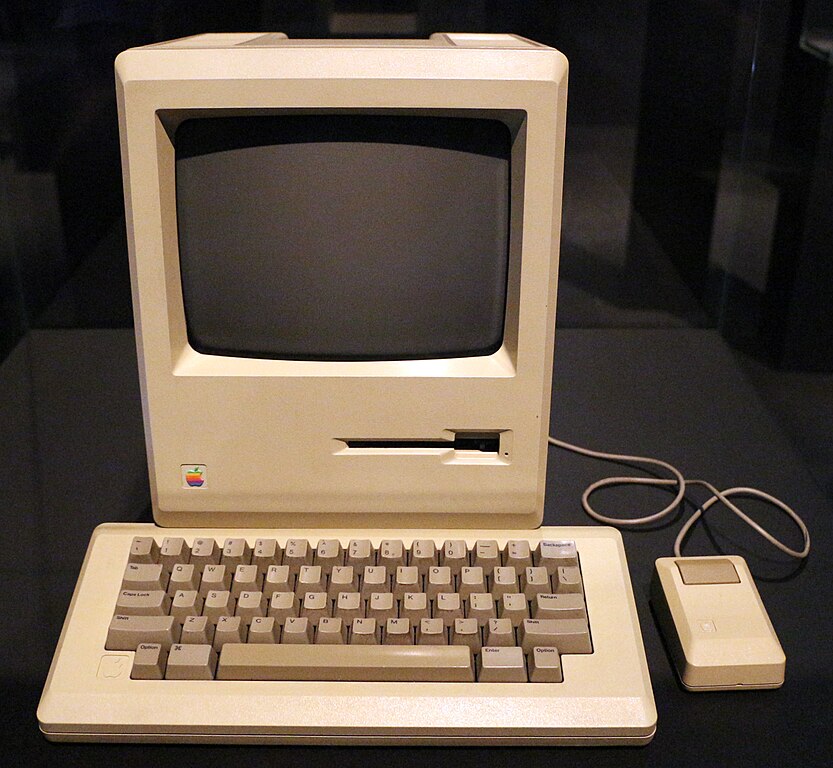Even in the darkest times (for Apple), in the mid to late 1990s, the importance of the Macintosh could not be understated. Today, exactly 40 years to the day, Apple is constantly contending for the top spot in market cap globally, the Mac is far from Apple’s most profitable product, but it’s arguably, still, one of the most important, and the most popular it’s ever been in its four decade history.

For most of my childhood and adolescence I was a veritable Mac-hater. I grew up with DOS and later Windows and Linux machines, and found Apple’s products cute, but underpowered, while at the same time extremely expensive. The fact that I lived in Greece made things even trickier, as resellers were few and far in between, and prices were very inflated, which, combined with the stupendously high inflation at the time and much lower salaries than the US, made the prospect of owning one almost impossible.
Things changed a few short years following Steve Jobs’s return, however. Mac OS X seemed like the holy grail OS in the making (and, in many ways, it was), combining legendary ease of use, commercial support, with a UNIX foundation, Apple was (at the time) embracing open source and standards, in an attempt to woo the technical crowd, had lower prices than before, amazing hardware and industrial design (in a world of rapidly commoditised and low-value systems), and I was sold.
Apple may have moved on from those days, with the iPod, then the iPhone and iPad, its Watch and Apple TV, the myriad services now accounting for a significant portion of their ever-increasing revenue. But the Mac still holds a special place in the minds of so many, and their laps and desks; in universities they are ubiquitous, and I’d bet that when not obliged to use a Windows laptop by their workplace or other special needs, there’s many more people that would probably love to use a Mac, despite Apple’s corporate antics. Forty years on, the Mac remains relevant and quintessentially so familiar, yet at the same time so much evolved, compared to the original: Booting up an original Macintosh from 1984, or the models that immediately succeeded it, will most likely still make you smile with their speed and simplicity of their OS, even if the machines were severely lacking in RAM and I/O, and ultimately capabilities, even for their time.
Just days before the release of yet another attempt at doing VR/AR right, this time by Apple with Vision Pro, which—if successful—would spearhead another paradigm shift, the parallels to the Mac (and, in some ways, the iPhone) are astounding: very expensive, very limited (at launch) yet striking products that evolved to become mainstays, punching well above their weight as technology products, to influence culture, the economy and society as a whole. Now, I don’t know if Vision Pro will ever have the success of the Mac or the iPhone before it, but I’m pretty sure Steve Jobs would have moved its release to coincide with the Mac’s original launch in 1984, and made a good show out of it!
Although unlikely for the Mac to survive that long, here’s to another 40!
Image by Sailko (Wikipedia), Licensed under CC BY 3.0
